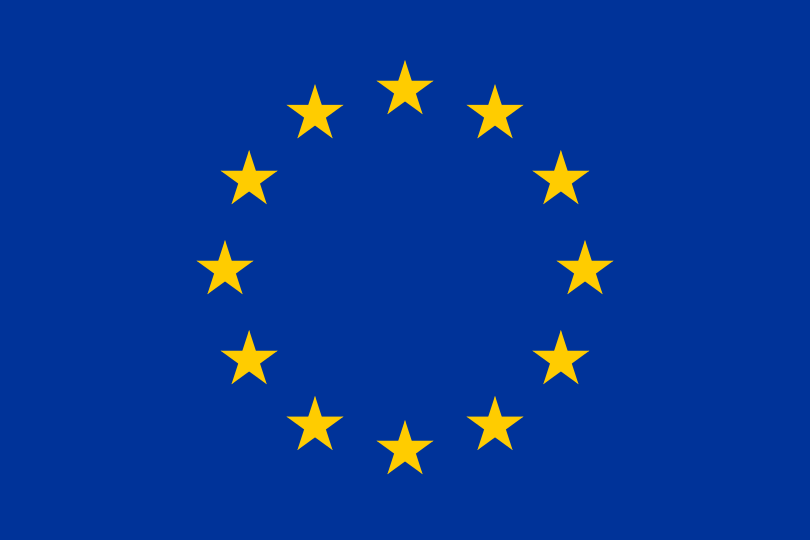The main tasks of the EURLs are laid down in Art. 94 Reg. (EU) No 2017/625. The EURLs overarching resposibility is to contribute to the improvement and harmonisation of methods to be used by official laboratories. In order to achieve this, the EURLs shall
- provide National Reference Laboratories with
- details and guidance on analytical methods, including reference methods
- reference materials
- information on relevant national, Union and international research activities
- information about advances in the field of laboratory analysis
- provide scientific and technical assistance to the European Commission
- develop and validate new analytical methods
- organise
- proficiency tests including appropriate follow-up
- collaborative trials
- workshops
- practical training courses
- collaborate with laboratories from non-EU countries
- collaborate with other European institutions (EFSA, EMA, ECDC)
- publish the list of National Reference Laboratories designated by the Member States in accordance with Art. 100 (1)
Detailed information on all work packages planned for a specific working period can be gathered from the EURLs' work programmes.
A guide on how to import goods can be found under the link:
https://trade.ec.europa.eu/access-to-markets/en/content/guide-import-goods
During a webinar intiated by the School for Advanced Residue Analysis in Food (SARAF) the heads of the three EURLs active in the field of veterinary drug residue analysis presented an overview of changes from CD 2002/657 to CIR 2021/808. They also gave guidance on the validation of confirmation methods using the conventional and the alternative approach and presented the state of play for the guidance document on screening method validation.
During a webinar intiated by the School for Advanced Residue Analysis in Food (SARAF) Frans Verstraete gave an update on the Commission's current activities with regards to Reg. (EU) 2017/625.
 EURLs for Residues of Veterinary Medicinal Products
EURLs for Residues of Veterinary Medicinal Products